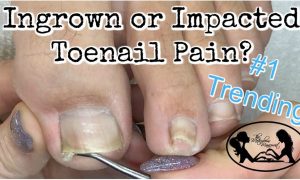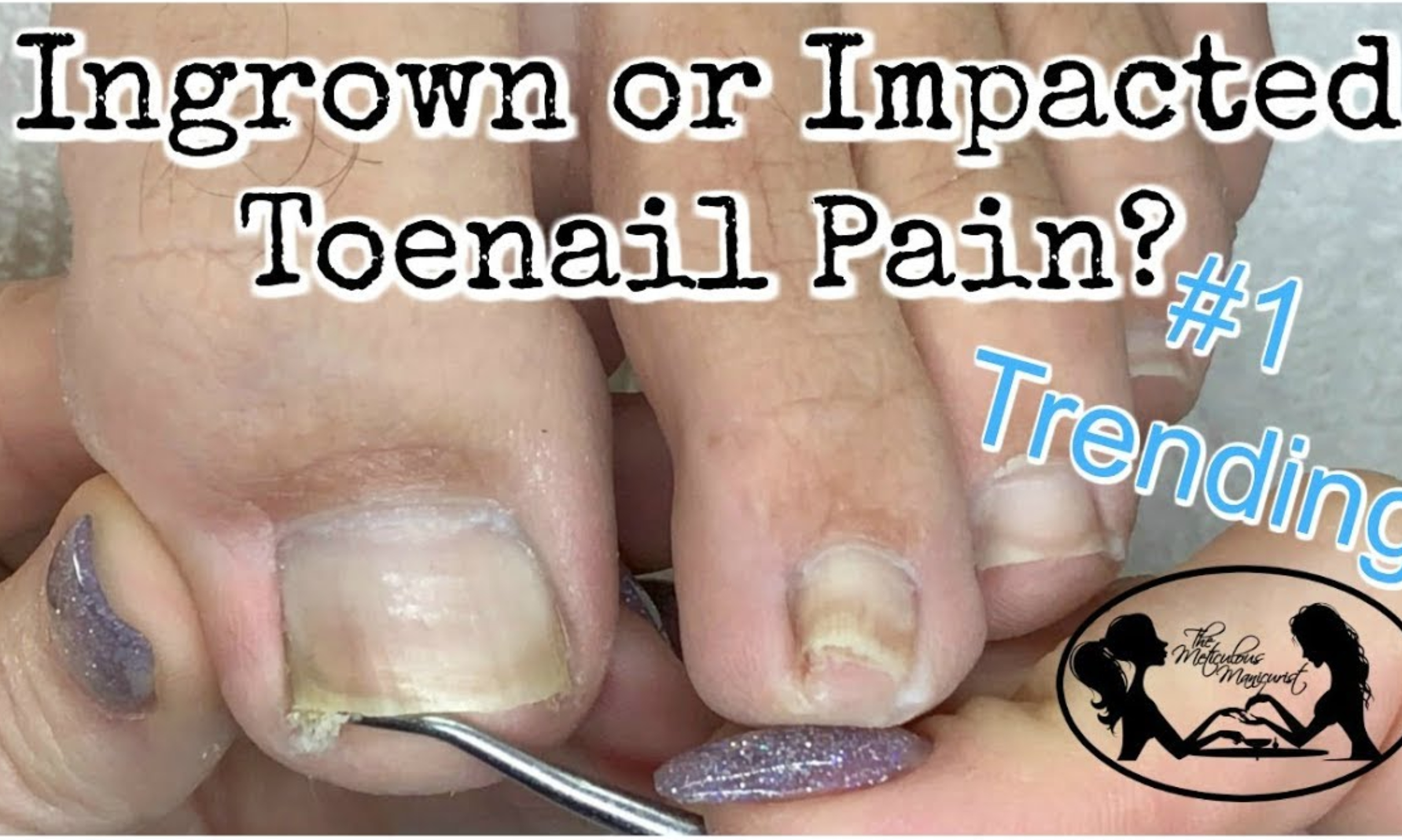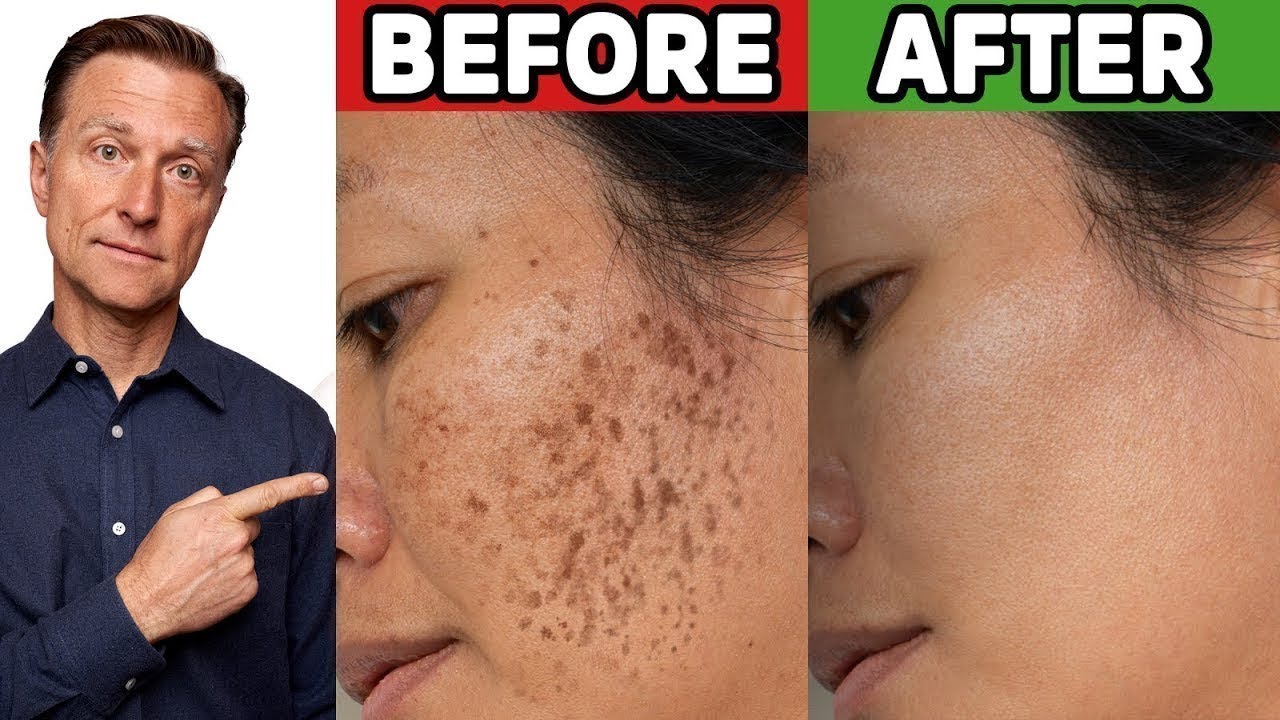https://www.youtube.com/watch?v=5SaHunDyR1E
Paws and claws: Many experts believe fingernails and toenails have evolutionary similarities to these structures. Since fingernails must have more of a purpose than for creating cool manicure styles, this article will take a look at why we have fingernails and toenails — and the clues they give us about overall health
According to an anthropology professor at the University of Wisconsin-Madison, fingernails are present in all primates, including humans, monkeys, and apes, to support our fingertips.
When taking proportions into account, our fingertips are wider on average than those of most other primates.
Fingernails play several important roles in the body that may provide a sign as to why we have them. These include:
- Strengthening. The hard, outer covering on the tips of the fingernails makes the fingertips one of the strongest parts of the hand. This makes performing everyday tasks, including gripping, less risky. The fingernails have many small blood vesselsTrusted Source to supply them, and can maintain their blood flow even when you’re gripping something very tightly.
- Protection. Having a fingernail covering can prevent viruses and bacteria from entering the body. If a person’s nail bed is disrupted, they may be more at risk for nail infections.
- Enhancing fine motor movements. The fingernails enhance your ability to scratch and separate, such as pages in a book or hairs on your head. A person can also use their fingernails to pick up items.
- Sensation. While you may not think of the nails as being as sensitive as your fingertips, there’s an intricate network of nerves underneath the nail.
While a person doesn’t have to have fingernails to survive, they can certainly help with many tasks.
Can you imagine if your fingertips tried to roll backward when you held something? The strength and existence of fingernails helps keep this from happening (thank goodness!).
The main function of toenails is likely for protection, compared to enhancing grip or the fine motor functions the fingernails have.
The tops of the toes are vulnerable to injury and, as we’ve all learned the hard way, stubbing. By having a protective nail on top of the toe, the toes are less vulnerable to injury and infections.
Some slight differences in purpose are reflected in rates of nail growth. Fingernails grow around twice as fast as toenails, according to a small 2010 studyTrusted Source.
This study of 22 healthy American young adults found that fingernails grow an average of 3.47 millimeters (mm) a month, while toenails grow an average of 1.62 mm a month.
The big toenail grows the fastest on the feet, while the pinkie fingernail is the slowest growing of the fingernails.
Fingernails have greater blood flow, in part because they’re closer to your heart. The legs and feet are also subject to greater concerns related to blood flow, such as deep vein thrombosis or other peripheral vascular diseases. This can affect toenail growth and toenail function.
Fingernails comprise three layers of tissue called keratin. Keratin is a tissue type that has amino acid proteins. Keratin is naturally present in your hair and nails. It’s also a component found in other animals, including horse hooves.
The way keratin cells link to form together can influence the consistency and feel of the fingernails. For example, the nail layers are made of soft, moderately hard, and hard keratin. These all come together to create the protective shield you know as your fingernails.
While the keratin cells are no longer living (which is why you can trim your fingernails and toenails), they represent formerly living cells that needed nutrients and proteins to survive.
When you consider this, it’s easy to see how deformities in the nails can indicate potential underlying problems, such as nutritional deficiencies. (More about this in the next section.)
Fingernails may be potential indicators of underlying medical conditions. In fact, doctors frequently assess fingernails to help diagnose different medical conditions.
Common nail disorders that may indicate underlying health conditions include the following:
- Clubbing. Clubbing causes an extreme curve and rounding appearance to the fingernails. This could indicate low oxygen levels, including chronic lung disorders.
- Concavity. Also known as koilonychia, concavity occurs when the nails bend up at the sides, making a U shape instead of a traditional C shape. This can occur in people who have a chronic iron deficiency.
- Pincer. Pincer nails are very rounded, almost as if the nail side edges are trying to touch. Aging is a common cause as is taking certain medications, such as beta-blockers.
- Pitting. Pitting causes multiple, shallow depressions in the nail area. This symptom can be the result of conditions such as alopecia areata or psoriasis.
- Horizontal lines. The fingernails naturally have up-and-down lines. When lines appear side-to-side and have a whitish, pale tone to the nail plate, doctors call these Muehrcke’s lines. People who have low albumin levels, an essential protein that helps maintain fluid balance and transport substances in the body, may have these lines.
- Black line or band. While this can be a normal variation to some people’s nails, a new, longitudinal light to dark brown band on the nail could indicate subungual melanoma. This is a type of melanoma that occurs in the fingernail and extends deeper below. It can cause additional symptoms, such as bleeding, cracking, and brittleness.
-
Fingernails and toenails are present in primates — including humans.
Ideally, your nails are pink at the nail beds, slightly rounded, with small, shallow vertical lines. If you have variations of this standard appearance that concern you, talk to your doctor.
How to Safely File Your Own Nails
https://www.youtube.com/watch?v=le3RbwGCyIc
-
If you get regular manicures or you typically use nail clippers instead of a file, you may never have learned how to safely file your nails. Filing keeps nails strong and healthy while also giving them your desired shape.
It’s possible to file incorrectly and actually make your nails weaker and more jagged. Let’s cover how to file nails safely so they don’t peel, crack, or break.
Having the right tools for filing your nails is helpful to keep your nails healthy and strong. Here are the tools you’ll need before you get started:
- Fingernail clippers. These are helpful for trimming long nails before filing.
- A nail file. This can be a classic emery board, though glass files are often recommended because they’re gentle on the nails and easier to clean. Nail files should be cleaned to prevent the spread of bacteria.
- A nail oil and cuticle oil. These can help repair frayed nails and prevent future breakage.
-
Your nails have a natural shape that’s largely genetic, and it’s typically either round or square. The shape of your cuticle and nail bed usually determines the natural shape of your nail.
It can be most flattering and easy to maintain if you work with your natural shape. When trying a new nail style, it’s best to leave the shaping to a professional nail technician.
It’s not recommended that you remove the cuticle on toenails or fingernails.
Below are several popular nail shapes:
- Almond. Almond nails resemble, you guessed it, almonds, with tapered sides that meet at a rounded peak.
- Round. Round nails resemble the tip of the fingernail and are a common natural shape. Typically, the sides are filed straight then lead into a semicircle tip.
- Square. Square nails are flat across the top with straight, sharp corners. These work best on shorter nails or nails that are naturally square or rectangular in shape.
- Coffin. Coffin nails are filed to get narrower as they move away from the nail bed, then come to a blunt square point at the tip. The shape resembles a coffin, but it’s also sometimes called “ballerina” because it looks like the square toe of a ballet shoe.
- Squoval. Squoval (squared oval) nails are similar to square nails, except the edges are slightly rounded to create a softer, more oval shape.
- Stiletto. Stiletto nails are similar to almond, though they come to a sharper point at the tip. The shape is filed into a sharp point and is usually worn long, though a shorter version of the stiletto is sometimes called a “mountain peak.”
If you have long nails, the process of filing them is slightly different than how you would file shorter nails.
- If you want to get rid of extra length, cut the nail before filing.
- Think of the nail in two sections: the right and the left.
- Hold your fingers toward your face. You can do this by making a half-fist, with the underside of your wrist facing up and nails bent toward your face.
- Start from one of the outside corners and file toward the center. Don’t file back and forth across the entire nail tip because it can damage the nail.
- When you achieve the desired length and shape on one side, file from the opposite corner toward the center.
- Go slowly. If you file too fast, you’ll take off too much nail too quickly, which makes it hard to achieve a desired shape.
https://youtu.be/7Jd3XpiCnHs?si=HmjPiOKBhB6kzaLE
You can shape short nails as you would long nails, with slight differences.
- You don’t need to cut the nails if they’re already short, but if they’re uneven, cut them all to about the same length.
- Start on the outside corner and file toward the middle, then do the opposite corner.
- Don’t saw back and forth.
- With short nails, it’s especially important that you go slowly because if they get too short, it can be painful.
When filing your nails, you don’t want to bring the file back and forth across the nail in a sawing motion. This can fray the nail and even damage the nail bed and cuticle.
The whole nail may move (sort of like a loose tooth) if you file this way.
Filing your nails is a good way to keep a uniform length and shape, and it can keep nails from breaking.
However, it’s easy to file your nails incorrectly, which can lead to jagged, frayed nails, and even nail bed or cuticle damage.
It’s best to file from the outer corner into the center of the nail and repeat the motion on both sides rather than sawing back and forth with the file.
https://youtu.be/535MfG6pyxw?si=1J-6d_ra9FXWOsHP




